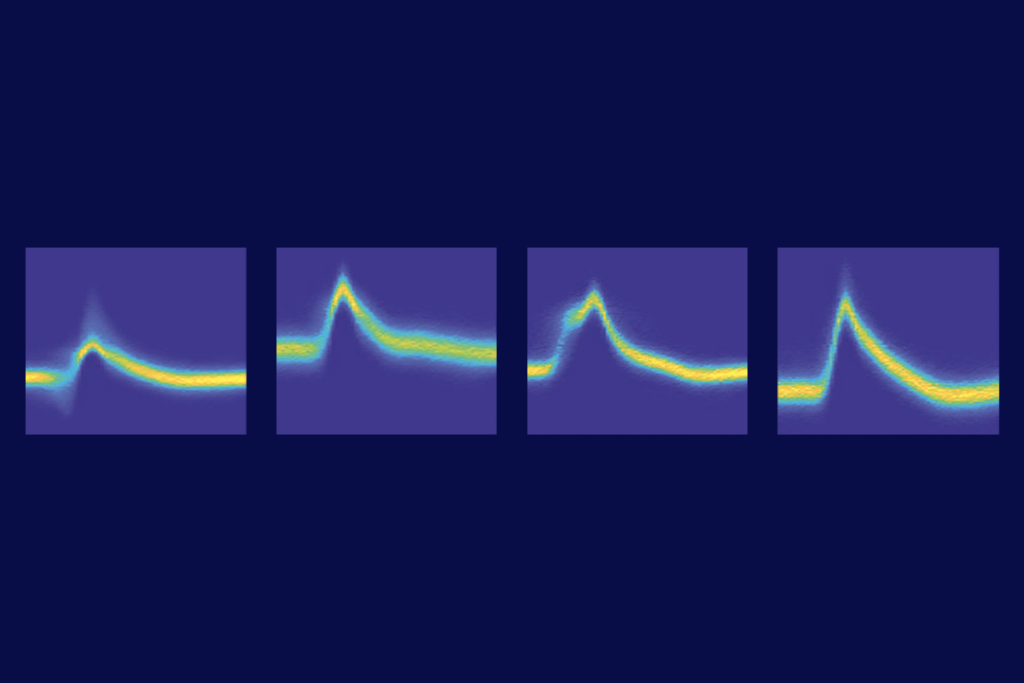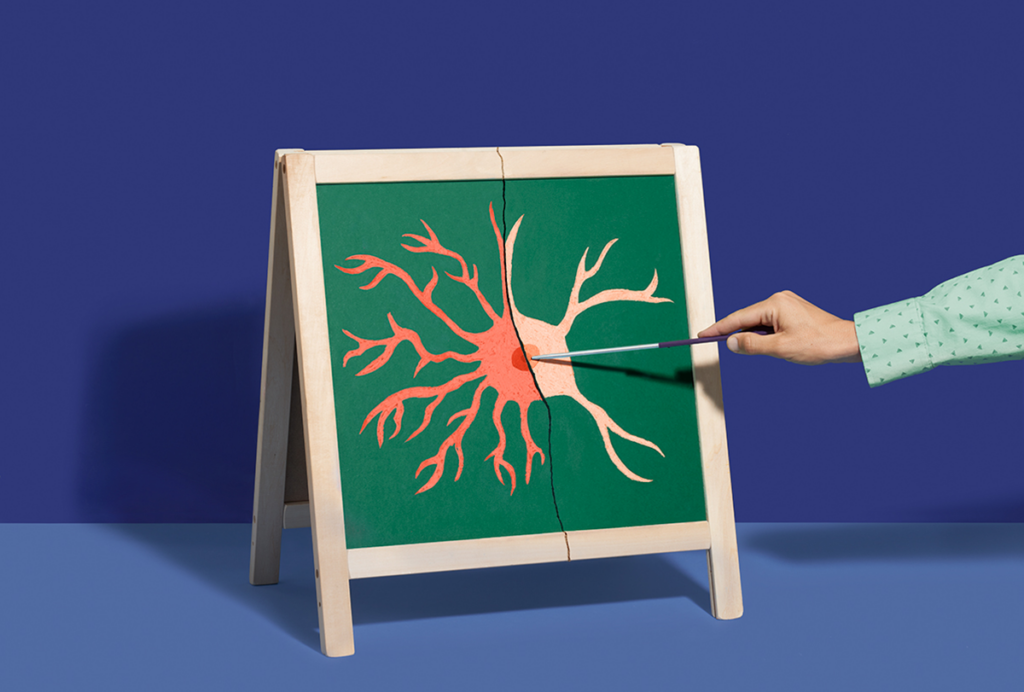Learning opportunities
There are several short periods during development in which our brains are ‘plastic’ — meaning that neuronal connections appear and disappear depending on how much they are used. Researchers may have found a way to reopen those learning windows.
There are several short periods during development in which our brains are ‘plastic’ — meaning that neuronal connections appear and disappear depending on how much they are used.
The brain can only adapt to new experiences during these windows of plasticity. But researchers may have found a way to reopen the windows, according to a paper published late last month in Science.
The visual system is the best platform to study plasticity. For example, if you shut one eye of a mouse during a ‘critical period’ of development, around the 28th day of its life, its brain will rewire so that it only processes light from the other eye. In the 1970s, scientists Tortsen Wiesel and David Hubel were the first to demonstrate this phenomenon in a one-week-old kitten. This critical period also exists in people.
A decade ago, scientists discovered that plasticity can be induced or delayed by drugs that mimic inhibitory interneurons — cells that dampen nerve impulses.
In the new study, the researchers transplanted fetal interneurons into the brains of young mice and shut one of the animals’ eyes during the normal critical period. After the window closed, the researchers opened the eye and, as expected, the mouse could not see from it.
Amazingly, though, a few days later the animals went through an unexpected second critical period. The blind eye linked up with other brain cells, and began feeding the brain visual information. The interneurons, it seems, had somehow reopened the critical window.
Defects in brain plasticity may prove very important in autism and related disorders. For example, mouse models of Angelman syndrome — a genetic disorder characterized by stunted language and cognitive delay — show delayed or absent critical periods. And postmortem studies of people with fragile X syndrome, who often have autism, have shown signs of immature connections between neurons.
There’s still much to learn, of course, such as whether these transplants would work in older animals, or in regions outside the visual cortex. Pinpointing the factors within the interneurons that allow the rigid brain to revert to a younger state could also lead to treatments that boost learning potential in people with autism.
Recommended reading

INSAR takes ‘intentional break’ from annual summer webinar series

Dosage of X or Y chromosome relates to distinct outcomes; and more
Explore more from The Transmitter

Null and Noteworthy: Neurons tracking sequences don’t fire in order


